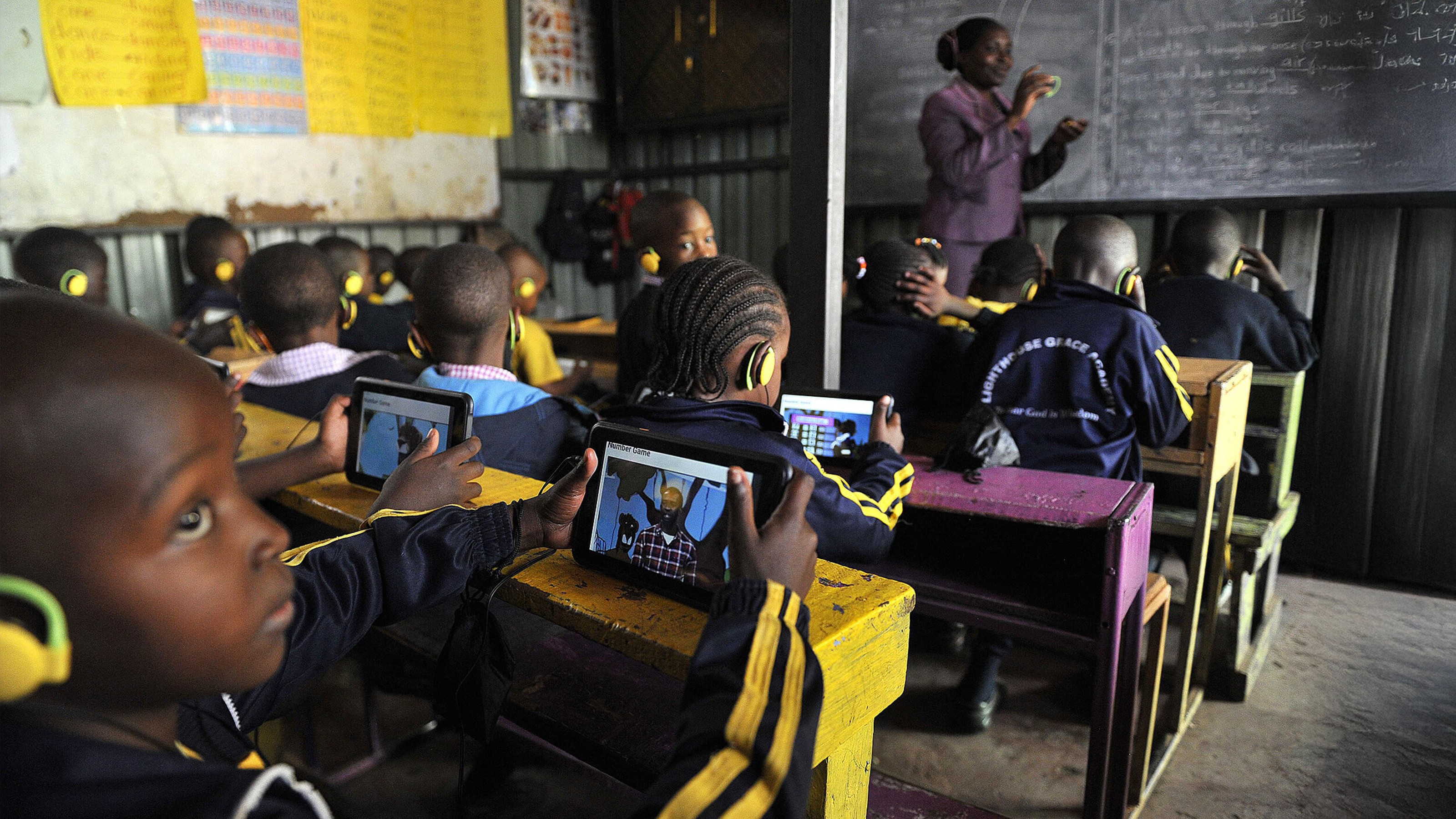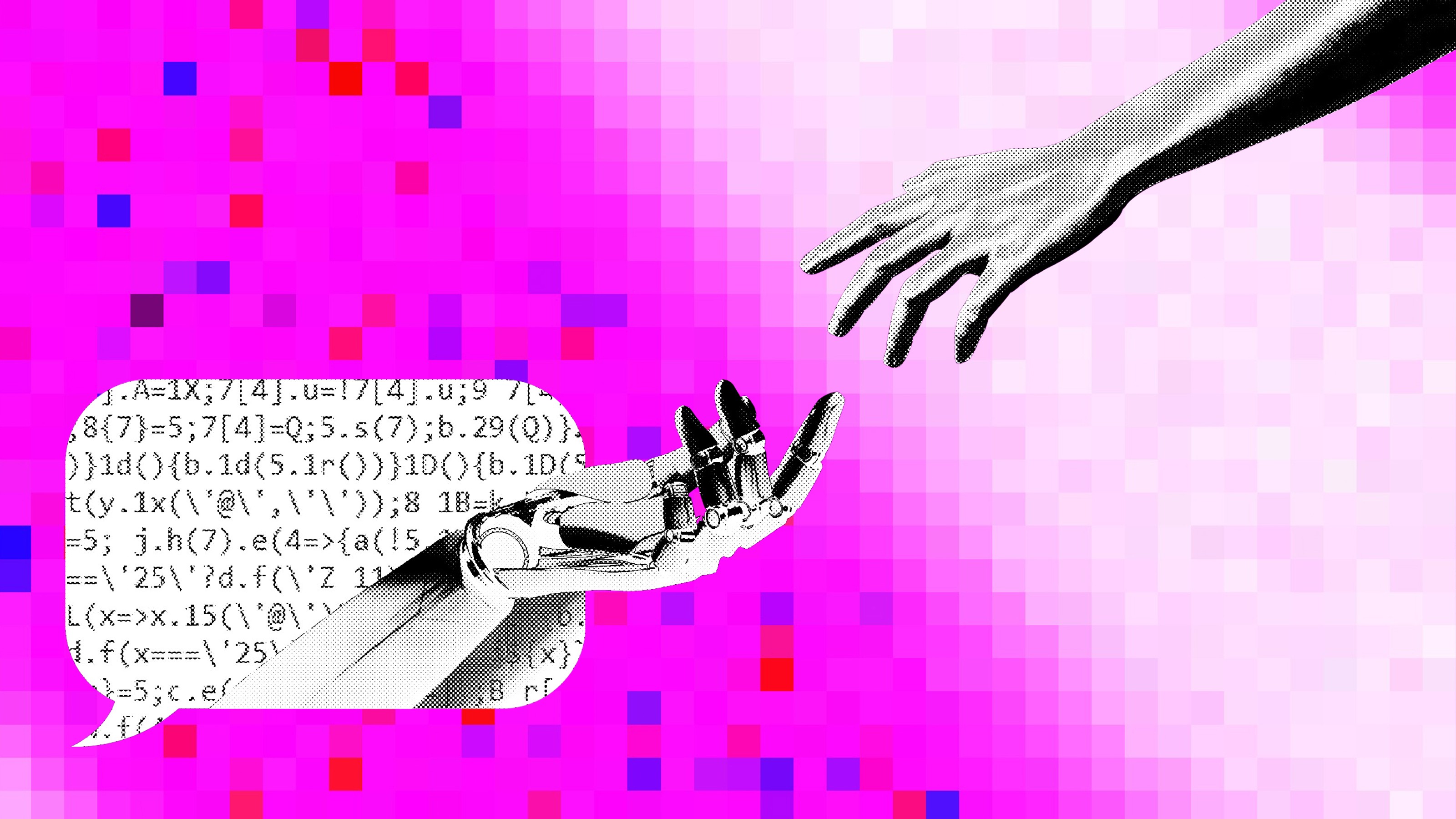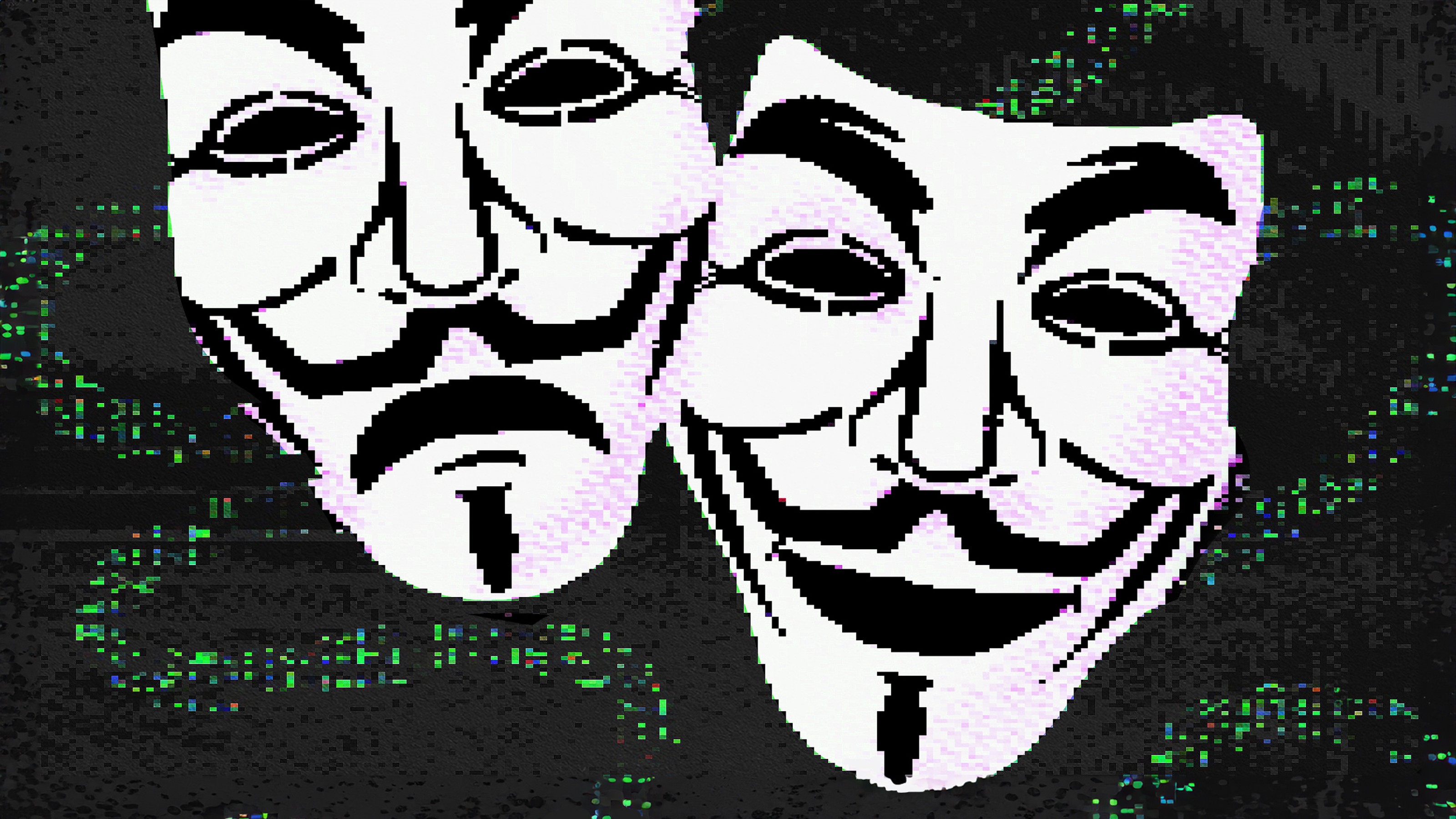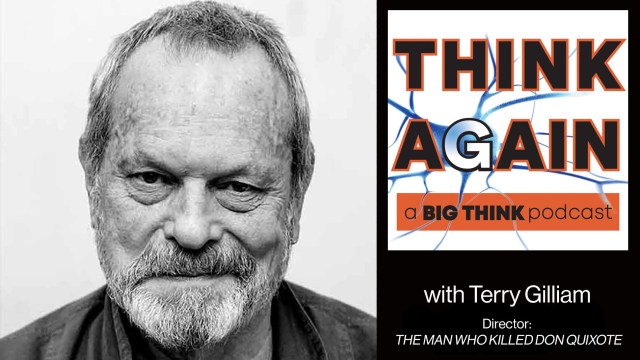How dictators flourish through social media

Adolf Hitler. Still from 1935 Nazi propaganda film Triumph of the Will.
- Disney CEO Bob Iger’s recent critique of social media hate is indicative of a greater problem.
- The psychology of the crowd could be responsible for the hate and conformity seen online.
- Polymath Gustave Le Bon’s crowd psychology theories could be more relevant today than ever.
Disney CEO Bob Iger recently made comments during his Humanitarian Award speech that critiqued the role of social media and even likened it as a tool that Hitler would have loved and something that would-be dictators could utilize.
Iger joins a rising chorus of voices both condemning and critiquing the ever present role that social media has in our lives and societies. His speech focused on the degeneration of our civic values, loss of individualistic thought and the hateful atmosphere he feels is part of the very structure of online social platforms. Here’s what he had to say:
“Apathy is actually growing. In the last few years, we have been harshly reminded that hate takes many forms, sometimes disguising itself as more socially acceptable expression like fear or resentment or contempt. It is consuming our public discourse and shaping our country and culture into something that is wholly unrecognizable to those of us who still believe in civility, human rights and basic decency.”
Iger’s comments regarding social media hate touches upon a greater problem endemic to social networks that few even realize exists: online crowds possess an underlying and unconscious power that enables them to push forward ignoble agendas, whatever they may be.
Bob Iger’s comments on Hitler and social media hate
In his critique, Bob Iger referenced Hitler, an individual that always stirs up some controversy, not to mention a person that was quite familiar with seizing opportunities to manipulate the minds of the masses.
“Hitler would have loved social media. It’s the most powerful marketing tool an extremist could ever hope for because by design social media reflects a narrow worldview filtering out anything that challenges our beliefs while constantly validating our convictions and amplifying our deepest fears.”
While proponents of social media activism and other empty online sloganeering would argue to the defense of the medium that a figure like Hitler couldn’t gain traction in this new world and that these social networks encourage diversity of opinion, give voice to the marginalized, expose others to differing worldview points and so on… The harrowing fact of the matter is that its much more complicated than that.
We’re beginning to realize that social media is not a panacea for encouraging logical thought, engaging in any kind of serious discourse or enlightening the populace. Iger illustrates this point:
“It creates a false sense that everyone shares the same opinion. Social media allows evil to prey on troubled minds and lost souls, and we all know that social news feeds can contain more fiction than fact, propagating vile ideology that has no place in a civil society that values human life.”
In other words, the same forces that have been responsible for destitution and horror for centuries has all the more power now to rise to the occasion through the channels of an all encompassing medium.
Digital tyrants, anonymity and crowd psychology
Iger isn’t the only one sounding the alarm. Jonathan A. Greenblatt, chief executive of the Anti-Defamation League is on record saying
“Social media companies have created, allowed and enabled extremists to move their message from the margins to the mainstream. In the past, they couldn’t find audiences for their poison. Now, with a click or a post or a tweet, they can spread their ideas with a velocity we’ve never seen before.”
Whether the originators of this hate and rabble rousing know it or not — they’re tapping into the age-old power of the crowd, the crowd that has now migrated from physical space into the digital domain.
In order to get a better understanding of this phenomenon, we must first look back to French polymath Gustave Le Bon and his crowd psychology theories.
With a remarkable insight, Le Bon was able to grasp the uncanny mindset that can take over an entire group of people and completely change the character of their collective, regardless of each individual’s psychological constitution:
…the individual forming part of a crowd acquires, solely from numerical considerations, a sentiment of invincible power which allows him to yield to instincts which, had he been alone, he would perforce have kept under restraint.
This type of change is echoed in the way that many people interact with others online. Jonathan Albright, a research director at Columbia University’s Tow Center for Digital Journalism, remarked that “Social media is emboldening people to cross the line and push the envelope on what they are willing to say to provoke and to incite. The problem is clearly expanding.”
What we have now is a perpetual state of crowd mentality paired with that seductive power of anonymity to spew whatever nonsense or bile comes to people’s minds. Not only does this lead to the hate that Iger was describing, but it also leads to a mob mentality that gloms onto any cultural narrative flavor of the day.
Political philosopher Hannah Arendt described this phenomenon as “Mass opinion without a critical evaluation of the consequences of their actions.”
The herding power of crowds online
Crowds being only capable of thinking in images are only to be impressed by images. It is only images that terrify or attract them and become motives of action. — Gustave Le Bon
In an interesting study titled The online crowd: A contradiction in terms? On the potentials of Gustave Le Bon’s crowd psychology in an analysis of affective blogging, psychological research was laid down to explore the implications Le Bon’s theory has for the concept of the online crowd.
Author Carsten Stage stated that the crowd has now been transformed from an entity residing in a particular spatial location into one that is now “a series of more flexible, adaptable and mobile entities. The improvised crowds are imagined in the iconic image of social networks such as Facebook and Twitter […] allowing a temporary and transient public to be formed on and sometimes off-line.”
While looking at instances of collective “flaming or rage, hyping, bullying, and mourning” on certain social media channels, the author found that trying to find a distinction “between a relatively controlled individual reflecting on the message of the media text and the uncontrolled (non-)person of the crowd seems difficult to uphold.” In other words, the individual’s and the crowd’s thoughts are indistinguishable from one another.
Furthermore, the advent of crowd practices are now always open for online media users at any time of the day and in any place of the world. For example, whenever a new pulp scandal breaks or atrocities are uncovered and news breaks in some never ending Orwellian Ministry of Truth fashion, the digital crowd always has an opportunity to interact with the feuilleton fodder of the day.
Stage considers this a virtual version of the self-perpetuating logic of the crowd, which was described by Elias Canetti in his book,Crowds and Power:
“Suddenly everywhere is black with people and more come streaming from all sides as though streets had only one direction. Most of them do not know what has happened and, if questioned, have no answer; but they hurry to be there where most other people are.”
Revealing the dynamics inherent in crowd psychology and its effects on online social media interactions is just the first step in understanding the perils of social media when used as a tool for hate or thoughtless conformity.





